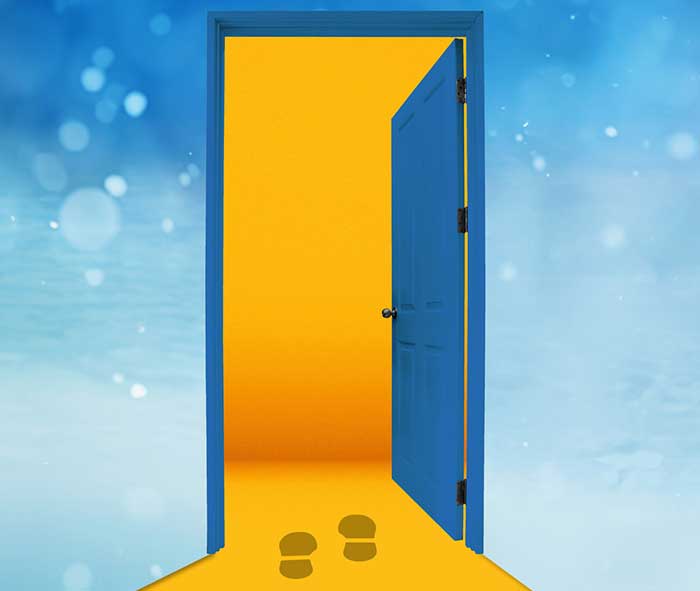Cold Alerts & Community Response

Responding to the needs of the unhoused community in Hamilton by providing an increased level of resources.

The Medical Officer of Health for the City of Hamilton issues a Cold Alert when:
- The temperature drops, or is expected to drop below -15°C (5°F)
- The temperature feels like -20°C (-4°F) with wind chill
Wind chill is important because no matter what the thermometer says, the wind makes it feel colder. The stronger the wind, the colder you will feel and the higher the risk of frostbite and hypothermia.
What to do during a Cold Alert
The best place for you during a Cold Alert is indoors. If you must be outside during a Cold Alert:
- Dress in layers of clothing. Keep inner layers dry. Wet clothing increases the risk of cold injury.
- Protect you face, ears and hands with a scarf, hat, and gloves
- To protect your feet, socks must be dry. Wool is a good material to keep your feet dry.
- Drink warm fluids, but avoid caffeine and alcohol
- Avoid strenuous exercise
Cold-related illnesses & health effects from cold weather
Having certain medical conditions such as diabetes, taking some prescription drugs or drinking alcohol will increase your risk of cold temperature related health issues like frostbite and hypothermia.
Frostbite happens when skin and other tissues are damaged due to freezing. Frostbite usually occurs on fingers, toes, earlobes, nose or your face.
Signs of frostbite or frostnip (the first stage of frostbite) include:
- White skin that has a “wooden feeling”
- Numbness in the affected area such as fingertips
If you see these signs, get inside to a warm place.
The risk of frostbite relates to temperature and wind on exposed skin. When the temperature is above -28°C, there is a low risk of frostbite.
Hypothermia is where your body’s core temperature drops below what is needed for normal body function. Normal body core temperature is around 37°C.
Hypothermia affects muscle function and the ability to think clearly. Symptoms include stumbling, mumbling, fumbling and grumbling.
Factors that can contribute to hypothermia include:
Most people can safely tolerate mild hypothermia, where the body temperature drops to 32° to 35°C. There is a 21% chance of death if you have moderate hypothermia, where the core body temperature is 29° to 32°C. A body core temperature of 28°C or less is severe hypothermia and death occurs within a short period.
It is possible to get hypothermia at temperatures warmer than -15°C. Hypothermia at higher temperatures is usually related to sports or accidents such as getting lost while hiking where there is not enough food or adequate overnight clothing.

